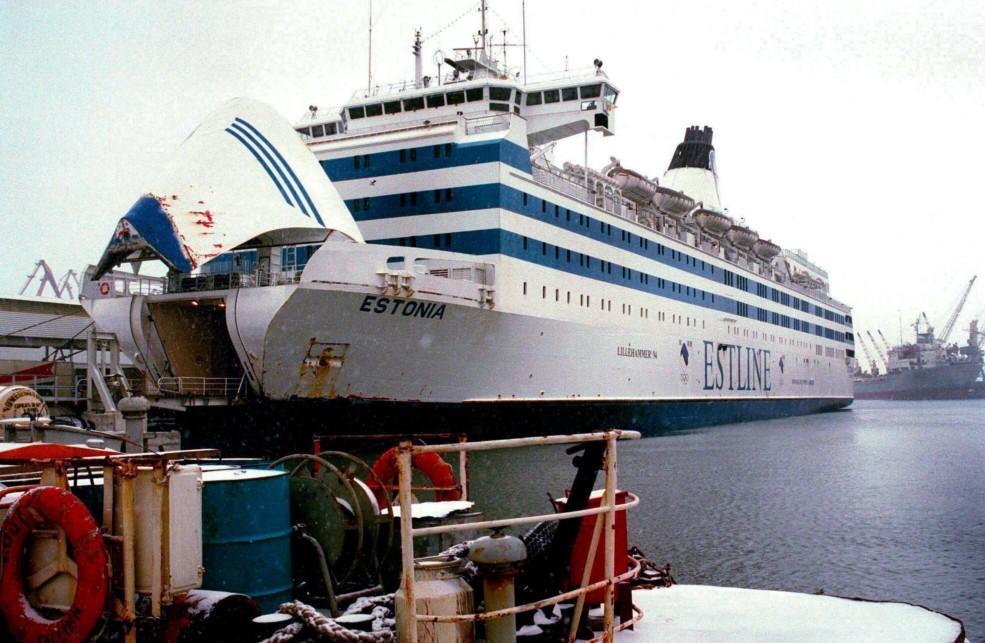
Two Swedish documentary-makers who filmed the wreck of the “Estonia” ferry were on Sept. 5 found guilty in a retrial of violating the sanctity of the site where hundreds perished.
The Estonia sank in 1994, killing 852 people in one of the 20th century’s worst maritime disasters.
After deciding not to salvage the wreck, Sweden, Estonia and Finland agreed in 1995 to designate it a final resting place and make it illegal to disturb the site.
In 2019, a film crew sent a remote-operated submersible to the ship while putting together a documentary that aired the following year, revealing a massive hole in the hull and casting doubt on the findings of an official investigation into the sinking.
The Gothenburg district court found in February 2021 that the documentary’s director Henrik Evertsson and deep-sea analyst Linus Andersson, both Swedes, had committed actions punishable under the so-called “Estonia Law.”
However, it ruled they could not be held accountable since they were on a German-flagged ship in international waters at the time.
While several countries have signed on to the 1995 accord, Germany has not.
But a Gothenburg appeals court sent the case back to the lower court for a retrial, arguing that “Estonia Law” does apply because the filmmakers are Swedish.
On Sept. 5, judge Goran Lundahl said the lower court had taken into account that the wreck “is a grave site for a large number of people”.
“Protecting the sanctity of the dead is more important than protecting freedom of expression and information,” he said in a statement.
The court found however the pair’s motive to be a mitigating factor and sentenced them to fines proportional to their income.
The court did not specify the amount.
The original inquiry into the disaster concluded it was caused by the bow door of the ship being wrenched open in heavy seas, allowing water to gush into the car deck.
Experts however told the filmmakers that only a massive external force would be strong enough to cause the hole in the hull, raising questions about what really happened.
Survivors and relatives of the victims have fought for over two decades for a fuller investigation.
Following the documentary, the laws banning dives were amended in order to allow a re-examination of the wreck.
In July 2021, Sweden and Estonia opened a fresh investigation.